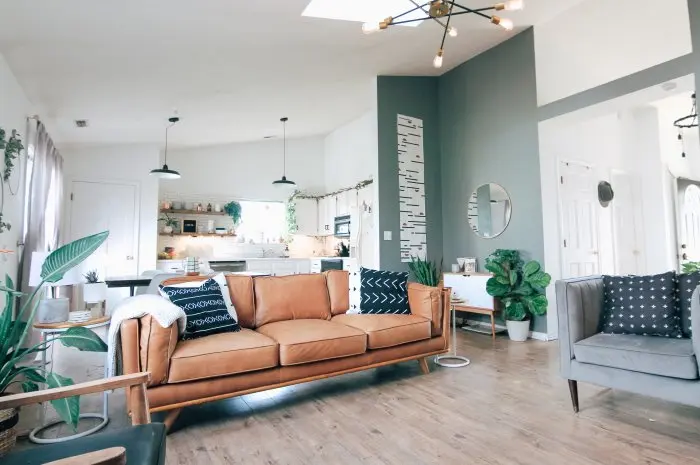The Art of Minimalism, Decluttering Your Space and Mind
Minimalism is not just an interior design trend; it’s a way of life that can bring clarity, simplicity, and tranquility to both your physical surroundings and your mental state.
In a world filled with distractions and excess, the practice of minimalism can be a profound path to finding balance and focus. This article explores the art of minimalism, emphasizing the benefits of decluttering your physical space and mind.
1. Understanding Minimalism
Minimalism is often misunderstood as a mere aesthetic preference for stark white rooms and empty spaces. In reality, it’s a deliberate choice to simplify your life by removing unnecessary possessions, distractions, and mental clutter. Minimalism is about making room for what truly matters.
2. Declutter Your Physical Space
The first step in embracing minimalism is decluttering your physical space. Start by assessing your belongings and identifying items that serve no real purpose or bring you joy. Consider the KonMari method, which encourages you to keep only those items that spark joy when you hold them.
3. Quality Over Quantity
Minimalism advocates for quality over quantity. Rather than accumulating numerous possessions, focus on acquiring high-quality items that are versatile and durable. This approach not only reduces clutter but also promotes sustainability.
4. The Benefits of a Clean Space
A clutter-free environment has numerous benefits for your mental well-being. It reduces visual distractions, promotes relaxation, and fosters a sense of control over your surroundings. A tidy space can also lead to increased productivity and creativity.
5. Streamline Your Digital Life
In today’s digital age, clutter extends beyond physical possessions. Your digital life, including emails, apps, and social media, can also become overwhelming. Regularly review and declutter your digital presence to minimize distractions and maintain focus.
6. Mindful Consumption
Minimalism encourages mindful consumption. Before making a purchase, ask yourself if the item adds value to your life or if it’s merely a fleeting desire. This approach prevents impulse buying and reduces unnecessary clutter.
7. Time Management
Minimalism extends to how you manage your time. Simplify your schedule by prioritizing tasks that align with your goals and values. Eliminate time-wasting activities and create space for activities that nourish your soul.
8. The Mental Benefits
Minimalism is not just about decluttering physical spaces; it’s also about decluttering your mind. By simplifying your life, you reduce mental distractions and free up mental space for creativity, problem-solving, and self-reflection.
9. Embracing Minimalist Design
Minimalist design principles can be applied to various aspects of life, including home decor, fashion, and digital interfaces. Minimalist design emphasizes clean lines, simplicity, and functionality, creating a sense of calm and order.
10. The Journey of Self-Discovery
Embracing minimalism often leads to a deeper understanding of yourself and your values. It encourages introspection and prompts you to question what truly matters in your life. This journey of self-discovery can lead to greater contentment and fulfillment.
Conclusion
The art of minimalism is a powerful tool for decluttering both your physical space and your mind. It’s not about deprivation or austerity; it’s about intentional living.
By simplifying your life, you create room for what truly matters, whether it’s meaningful relationships, personal growth, or pursuing your passions.
Minimalism is a journey that invites you to let go of excess and embrace a more deliberate and fulfilling way of living. It’s an art that can lead to a life of clarity, purpose, and lasting happiness.



